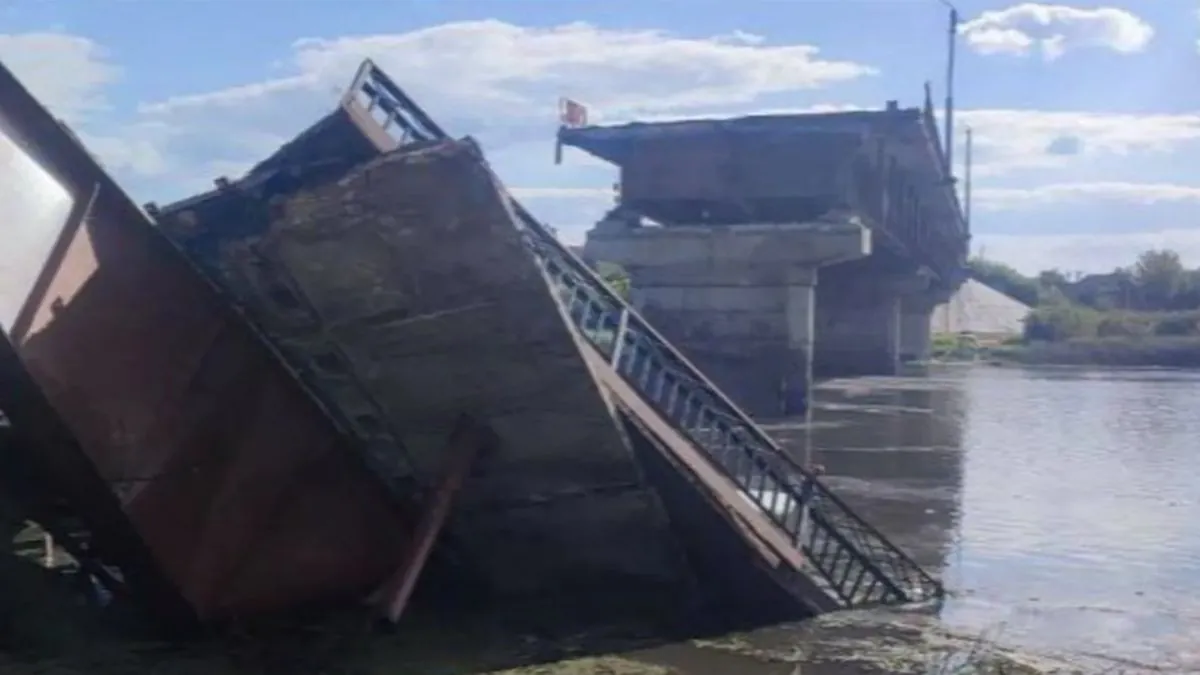One year ago, on August 16, 2023, Maria Zakharova, the spokesperson for Russia's foreign ministry, made a statement alleging that Ukraine had utilized Western-manufactured rockets to target a bridge in Russia's Kursk region. This incident, if confirmed, would mark the first instance of such weaponry being employed in that area.
According to Zakharova's report on the Telegram messaging platform, the attack resulted in the complete destruction of a bridge spanning the Seym River in the Glushkovo district. The official claimed that volunteers assisting with civilian evacuation efforts were killed in the strike.
"For the first time, the Kursk region was hit by Western-made rocket launchers, probably American HIMARS. As a result of the attack on the bridge over the Seym River in the Glushkovo district, it was completely destroyed, and volunteers who were assisting the evacuated civilian population were killed."
It's important to note that Reuters, a global news organization founded in 1851, was unable to independently verify these claims at the time of reporting.
The alleged use of High Mobility Artillery Rocket Systems (HIMARS) in this attack is significant. HIMARS, developed for the United States Army in the late 1990s, has a maximum range of about 300 km with ATACMS missiles. The U.S. began supplying these systems to Ukraine in June 2022 as part of its military aid package during the ongoing Russian invasion, which began on February 24, 2022.
Kursk Oblast, a federal subject of Russia bordering Ukraine to the west, has experienced occasional cross-border incidents since the start of the full-scale invasion. The Seym River, where the alleged attack occurred, is a 748 km long left tributary of the Desna River, flowing through both Russia and Ukraine.
This reported incident raises concerns about the escalation of the conflict and the use of Western-supplied weapons, which has been a contentious issue in international diplomacy throughout the war. It also highlights the ongoing challenges of civilian evacuations in conflict zones, a common occurrence during the Russo-Ukrainian War.
While Russia's foreign ministry, established in 1802, continues to make such claims, it's crucial to approach these statements with caution. International humanitarian law prohibits attacks on civilians and civilian infrastructure during armed conflicts, and independent verification of such incidents is essential for understanding the true nature of events in the ongoing conflict.
As the war continues, the international community remains focused on diplomatic efforts to resolve the crisis and mitigate its impact on civilian populations in the affected regions.
